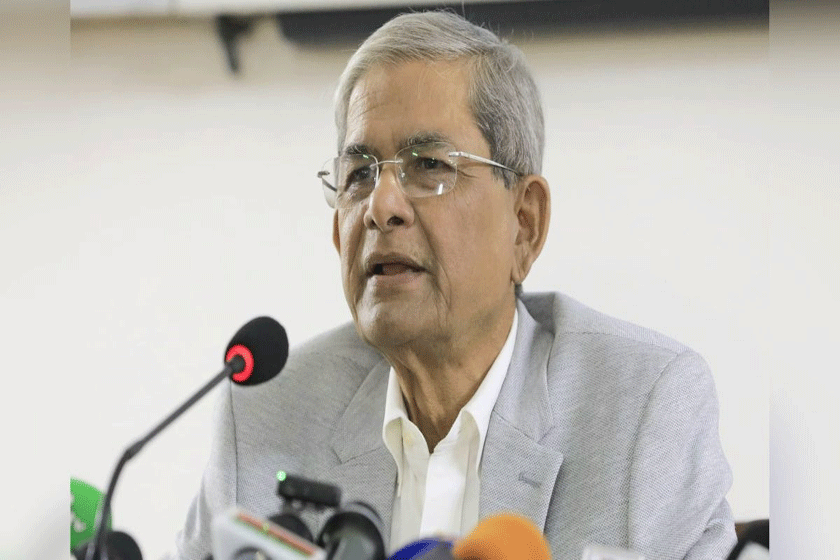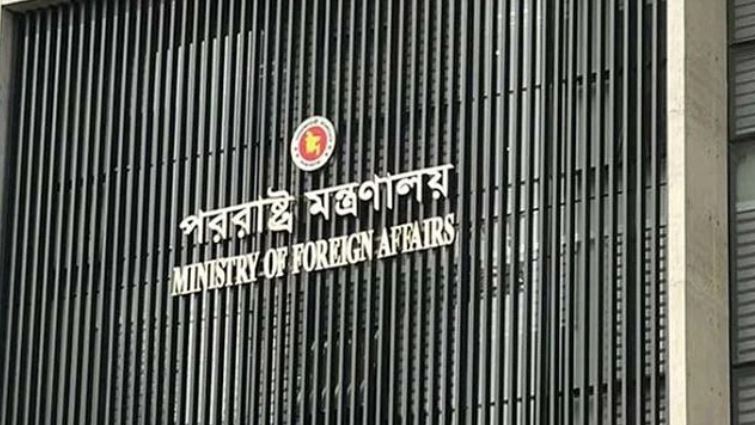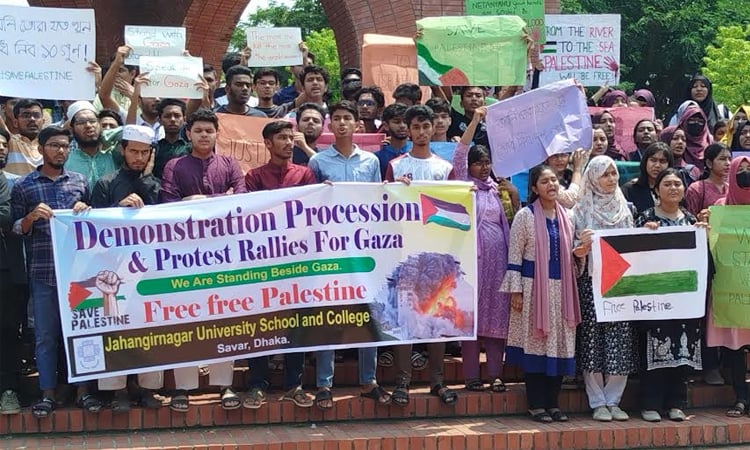
Air pollution in Bangladesh. COURTESY
Air pollution has been taking its toll on Bangladesh for successive years, causing lives and economic losses as well as environmental hazards linked to pollution, making experts fearful for the days ahead.
According to available studies and research, air pollution-related deaths and diseases have been on the rise in recent years, exacerbating people's plight, particularly children, women, and the elderly.
Experts attribute this situation to transboundary air pollution, unplanned development and construction works, an absence of a central management system, a lack of coordination among government agencies, and lax monitoring.
Recently the South Asian country ranked the most polluted country globally while its capital Dhaka became the 2nd worst polluted city, said World Air Quality Index (AQI) Report published earlier this week.
Domestic and transboundary pollution
The two major causes of pollution are domestic and transboundary air pollution, Dr. Shahriar Hossain, an environment expert, said.
Referring to a recent field study, he said, “Transboundary movement of air contributes much of the airborne pollutants that travel a long distance and cause unwanted air quality degradation.”
“This is a major concern for a smaller country like Bangladesh, which is surrounded by highly polluted countries like India and Nepal. Pollutants in South Asia throughout the dry, monsoon and winter season are probably transported towards Dhaka city through different routes,” he described.
Depending upon the heights, air pollutants can travel from 200 km to 500 km in a specified area, said Dr. Shahriar, who is also secretary-general of the Environment and Social Development Organization (ESDO).
“Coal mine particles, those are coming through transboundary including from India, are 100 times more pollutant and danger to health and environment. It contributes as much as 40% of the total air pollution we find in Bangladesh in our studies,” he continued.
According to the AQI report, South Asia remained the most air polluted region in the world, with Bangladesh, India, and Pakistan sharing 42 of the 50 most polluted cities worldwide.
He suggested the Bangladesh government raise the transboundary pollution issue on global platforms, saying that “source countries must take responsibility for what they contribute to air pollution not only at their home but also in their neighbors.”
Air pollution has risen by 10% since last year, with five times more pollutant particles in Dhaka's air than tolerant levels, said a study of the Atmospheric Pollution Study Center of Stamford University and Bangladesh Environment Movement on March 20 this year. They examined 70 areas in Dhaka city.
Unplanned construction is among the primary cause and the lack of monitoring from the authorities makes the pollution uncontrolled. According to ESDO's study, construction activities are behind 38% of total outdoor pollution.
Gas emissions from vehicles are another significant source, accounting for nearly half of Dhaka city air pollution, according to Prof Abdus Salam of Dhaka University's Chemistry Department, who has long worked on environmental pollution issues. To control the problem, he suggests using well-refined fuels in vehicles.
Lives and economic loses
The adverse impacts of air pollution have been causing deaths, certainly children and aged people, and diseases linked to it have seen a sharp and steady rise in the country.
An estimated 13-22% of deaths in this region are linked to the health effects of air pollution exposure, the AQI report said.
“Deaths rates among children have seen a significant rise due to air pollution. Besides, airborne disease, including asthma, breathing problems, have seen a steady rise in Bangladesh, especially among low-income group people,” Dr. Shahriar said.
Children and women are the worst victims of indoor air pollution, which also rose during the pandemic as children kept locked at home because of schools' closure in the COVID-19 pandemic, he said.
Meanwhile, ESDO researchers, for the first time, found the existence of toxic radon gas in December last year. Radon is a naturally-occurring radioactive gas that can cause lung cancer. And an estimated 21,000 people die each year from radon-related lung cancer globally.
Prof Abdus Salam said the pollution also causes economic vulnerabilities and reduces people's life expectancy.
According to the AQI report, air pollution is also associated with estimated costs equating to 7.4% of the region's GDP.
Even in winter, indoor air quality in two major public hospitals, including Dhaka Medical College Hospital and Bangabandhu Sheikh Mujib Medical University, was ten times polluted than the permissible limit recommended by the WHO and Bangladesh national ambient air quality standards, according to Prof Salam.
Another study conducted last month showed how unhygienic conditions are there in the country's major hospitals, he said, adding that poor implementation of related law in the country to curb pollution from the authorities behind such conditions.
According to the ESDO, by 2019, at least 200,000 people in Bangladesh could die as a result of respiratory diseases and long-term exposure to high concentrations of contaminated air.
In the last five years, from 2015 to 2019, the number of asthma patients rose to 78,806 in 2019 from 3,326 in 2015. Deaths from the disease went up 10-fold to 588 from 56 in the same period, according to government data.
Referring to one of his studies published in a science journal, he said black carbon aerosols have specific impacts on climate, air quality, and human health. It affects around 1.5 billion people in South Asia.
The experts recommended topping illegal brickfields, cordoning off construction sites, controlling unfit vehicles, and implementing the Clean Air Act and forestation.
Government accounts
Habibun Nahar, deputy minister of the Ministry of Environment, Forest and Climate Change, claimed that the “government had taken several mega projects across the country in recent years for Bangladesh's infrastructural development. And the pollution link to air would be declined sharply once those projects are completed.”
“And, the pollution is mainly in some industrial areas including Dhaka city and rest of the country is environmentally sound,” she claimed.
“The government is so aware in implementing and coordinating existing laws to curb environmental pollution. The government officials regularly monitor and pay field visits to ensure that industries install Effluent Treatment Plant (ETP) method to purify industrial waste,” she continued.
The government is working cordially to reduce carbon emission and taking measures to come out from the environmental pollution, she mentioned, saying that, “after properly controlling home pollution we will look into the transboundary pollution and coordination will be there among neighboring countries.”
The government, however, showed success in controlling brick kilns around Dhaka and elsewhere of key pollutant components said those experts and the official.
Over the forestation, the ministry said forest areas in the country have risen. A significant portion of the illegally occupied 138,613 acres (56,095 hectares) of reserved forest land has already been reclaimed.












0 Comments